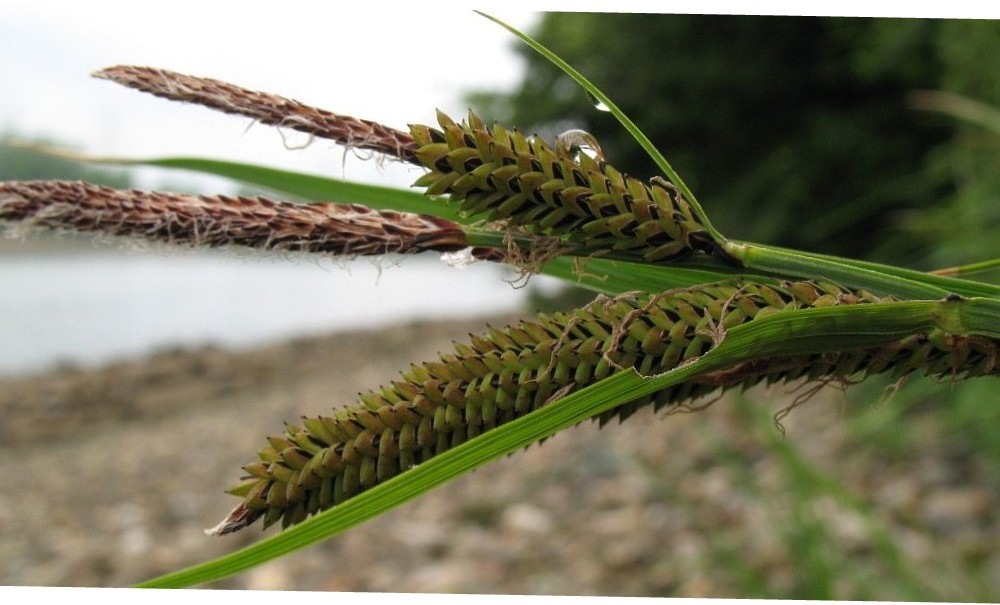Acute sedge
(Carex riparia riparia)

Description
Carex acuta, the acute sedge, slender tufted-sedge, or slim sedge, can be found growing on the margins of rivers and lakes in the Palaearctic terrestrial ecoregions in beds of wet, alkaline or slightly acid depressions with mineral soil. Carex acuta does not tolerate prolonged desiccation. The community is distributed, in particular, in northern France, the Low Countries, Central Europe south to the Sava and Drava valleys of Croatia, the northern Morava valley of Serbia and Romania, north to Poland, the Kaliningrad District, Lithuania and Latvia, in southern Scandinavia, in the Dnieper basin of northern Ukraine and southern Belarus, in the lower Volga Valley. Carex is a vast genus of more than 2,000 species of grass-like plants in the family Cyperaceae, commonly known as sedges (or seg, in older books). Other members of the family Cyperaceae are also called sedges, however those of genus Carex may be called true sedges, and it is the most species-rich genus in the family. The study of Carex is known as caricology. All species of Carex are perennial, although some species, such as C. bebbii and C. viridula can fruit in their first year of growth, and may not survive longer. They typically have rhizomes, stolons or short rootstocks, but some species grow in tufts (caespitose). The culm, the flower-bearing stalk, is unbranched and usually erect. It is usually distinctly triangular in section.
Taxonomic tree:







